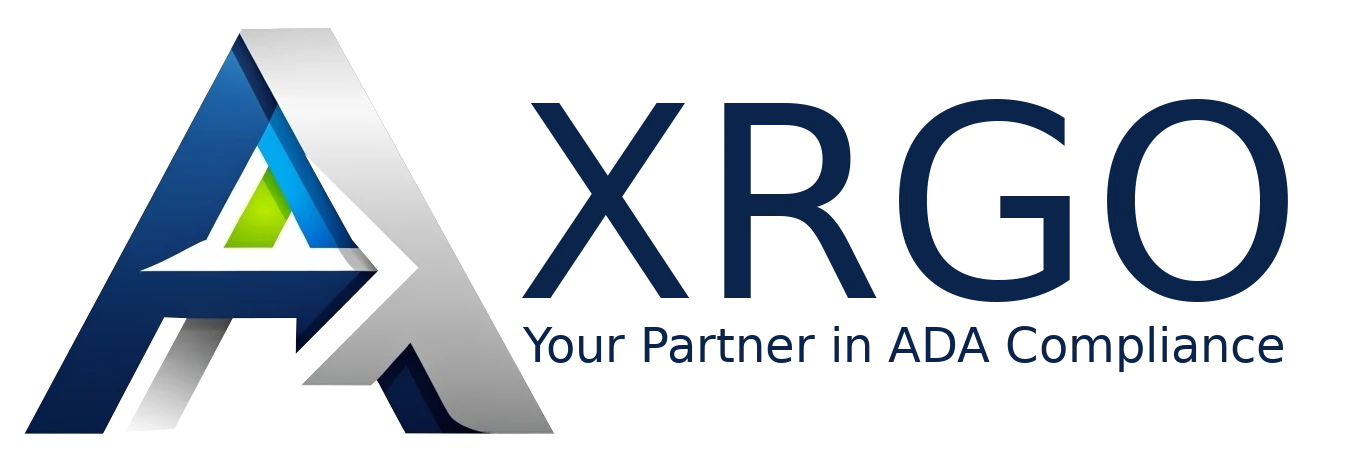Table of Contents
- 1. The Buyer Journey Has Moved Online
- 2. Design Is Your Digital Curb Appeal
- 3. Speed Is Your First Impression
- 4. ADA Compliance Expands Your Market and Protects Your Business
- 5. SEO Determines Who Even Sees You
- 6. Content Builds Authority, Trust, and Rankings
- 7. Websites Scale, Showrooms Don’t
- 8. The Economics Are Clear
- 9. Your Website Is Where the War Is Won
The dealership industry has undergone a massive shift. Car buyers no longer begin their journey on the lot — they start online. This article explains why a dealership’s website has become its most important sales asset, often outranking the showroom in influence. It explores five critical pillars — design, speed, ADA compliance, SEO, and content — and explains how each directly impacts visibility, trust, lead generation, and competitive positioning. The conclusion is clear: the digital battlefield is where dealerships now win or lose.
For most of the auto industry’s history, a dealership’s showroom was its crown jewel, the polished floors, the lineup of shiny new models, the coffee station in the corner, the handshake deals. It was where the magic happened.
But the battleground has shifted. Today, the real first impression of your dealership happens online, often days or weeks before a potential customer ever sets foot in your store, if they ever do.
In 2025, your website is your real showroom. And for most dealerships, it’s a neglected, underperforming asset.
However your website is more important than your physical location and bare minimum it should be designed for speed, ADA compliance, SEO, and content.
1. The Buyer Journey Has Moved Online
According to Google’s own data, over 95% of car buyers start their search online, and the average buyer spends more than 14 hours researching vehicles, dealerships, and financing options before visiting a store.
The physical showroom is no longer the first interaction however it’s often the final confirmation of a decision that’s already been made. Your website is where those decisions are formed.
And if your site doesn’t load fast, isn’t optimized for search, or provides a poor user experience, you’re losing customers long before they walk through your doors.
2. Design Is Your Digital Curb Appeal
Think about your physical lot: you wouldn’t let weeds grow in front of the entrance or hang faded banners from 2007.
Yet many dealership websites still look like they haven’t been updated since the early 2010s. Bad typography, broken layouts, cluttered menus, and stock photos create instant mistrust.
A clean, modern, UX-focused design communicates credibility. It helps buyers navigate inventory, find information, and connect emotionally with your brand.
Great design is not decoration, it’s persuasion. And in the digital era, it’s your new curb appeal.
3. Speed Is Your First Impression
Speed isn’t just a technical metric ... it’s the first user experience.
- A page that loads in under 1 second gives you an immediate edge in search rankings and user retention.
- A one-second delay can drop conversions by 7%.
- 53% of users abandon a mobile site that takes more than 3 seconds to load.
Most dealership websites are bogged down by bloated JavaScript, unnecessary tracking scripts, oversized images, and slow hosting.
A fast site is a strategic weapon. It signals quality to both Google and potential customers. When shoppers click and your site loads instantly, it sets the tone: this is a professional, well-run dealership.
4. ADA Compliance Expands Your Market and Protects Your Business
ADA compliance is often treated as a legal checkbox — something to deal with “later.” But it’s much more than that.
Roughly 1 in 4 adults in the U.S. lives with a disability. If your website isn’t accessible, you’re excluding a massive portion of your potential audience.
Beyond that, non-compliance exposes dealerships to lawsuits that have become increasingly common in recent years.
Accessible design — text alternatives, keyboard navigation, contrast ratios, ARIA labeling, and voice compatibility — isn’t just a legal safeguard. It’s an opportunity to reach untapped audiences, boost SEO, and demonstrate that your dealership truly welcomes everyone.
5. SEO Determines Who Even Sees You
You could have the most beautiful showroom in the world — if it’s on a dirt road with no signs, nobody will find it.
That’s exactly what happens when your website lacks a solid SEO foundation.
Dealerships that invest in local SEO, structured data, optimized meta tags, and content strategy dominate search results for their region.
And search behavior has changed:
- 46% of all Google searches are local.
- “Near me” searches have grown more than 500% in recent years.
- Most users don’t scroll past the first page of results.
SEO is how modern car buyers find you. It’s the digital equivalent of location, location, location.
6. Content Builds Authority, Trust, and Rankings
Inventory listings are not content strategy. They’re table stakes.
To stand out, dealerships need to create content that answers buyer questions, educates, and builds trust.
This includes:
- Model comparisons and reviews.
- Financing guides and explainers.
- Localized blog posts targeting zip codes and neighborhoods.
- Videos and shorts explaining repairs, ownership tips, and new model features.
Content does three critical things:
- Improves SEO by ranking for long-tail keywords.
- Builds authority, positioning your dealership as the local expert.
- Keeps users engaged, increasing time on site and conversion opportunities.
The showroom can only reach people who walk in. Content can reach thousands daily — even while you sleep.
7. Websites Scale, Showrooms Don’t
A physical showroom has fixed square footage, limited hours, and finite staff capacity.
A website, however, is limitlessly scalable:
- It’s open 24/7.
- It can serve thousands of users simultaneously.
- It can be updated instantly.
- It can be personalized dynamically based on user behavior.
That’s why forward-thinking dealerships treat their websites as command centers, not brochures. They use real-time analytics to optimize funnels, A/B test landing pages, personalize experiences, and automate follow-up.
8. The Economics Are Clear
Let’s compare the economics:
| Factor | Showroom | Website |
|---|---|---|
| Operating Hours | 8–10 hours/day | 24/7 |
| Audience Reach | Local foot traffic | Global, unlimited |
| Upgrade Cost | Construction, permits, downtime | Code push, instant |
| Personalization | Limited | Dynamic, automated |
| Analytics | Manual counts, guesses | Real-time, granular |
| Scalability | Fixed | Infinite |
The ROI of a well-optimized website often dwarfs that of physical expansions. A $10,000 investment in site speed, SEO, and ADA can produce more lasting impact than a $100,000 showroom renovation.
9. Your Website Is Where the War Is Won
The showroom is still important — it’s where deals are finalized, relationships are built, and customers experience the tangible product.
But the war for attention, trust, and leads is fought and won online.
Every pixel, every line of code, every page title is part of that battle. Dealers that treat their website like a living, evolving sales machine are pulling ahead of those stuck in the old model.
The question isn’t whether your website is more important than your showroom.
It’s whether your strategy reflects that reality.
Frequently Asked Questions
Yes, but its role has changed. The showroom is now the final stage of the journey, not the starting point. The website drives the lead.
Speed impacts both SEO and user behavior. Slow sites rank lower and convert fewer visitors. Even half a second can make a measurable difference in leads and sales.
Because it expands your audience to include people with disabilities, improves SEO, demonstrates inclusivity, and shields you from lawsuits.
Good content compounds over time, drives organic traffic, builds trust, and costs far less than sustained paid campaigns.
Start with a speed audit, UX cleanup, and ADA compliance. These are the highest-ROI, lowest-resistance improvements you can make.



Comments
Log in to add a comment.